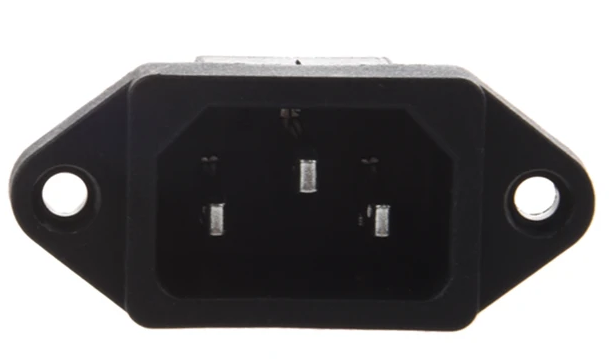In the realm of electronics, the availability of power is paramount. Serving as the crucial bridge between a device and its power source, power connectors play a pivotal role. In consumer electronics, these connectors are the interfaces through which devices are plugged into wall receptacles to access the necessary electrical energy.
Introduction of Power Entry Connectors
Power entry connectors, often referred to as power inlets, are components used to connect electronic devices to a power source. These connectors are commonly found in various electrical and electronic equipment, including appliances, computers, industrial machinery, and more. They serve as the interface through which electrical power is supplied to the device.
Power connectors are devices designed exclusively for the purpose of allowing an electrical current to flow, specifically to provide power to a device, without accommodating data streams or more intricate functionalities. While versatile and compatible with various electronics, it’s crucial for customers to identify the specific connector type that aligns with the geometry and electrical requirements of their devices.
These connectors can facilitate either alternating current (AC) or direct current (DC). AC plugs and sockets are instrumental in connecting devices to the primary power supply of a building. Variations in voltage, current rating, size, and design exist based on the national standards of the respective country. On the other hand, DC connectors come in standardized types that are not interchangeable, preventing inadvertent attempts to connect incompatible plugs and sockets. They are commonly found on electronic devices, automotive accessories, battery packs, and numerous other products.
While not a strictly objective metric, a “high power” connector is generally defined as one capable of carrying over 30 amperes of current.

GUOYUAN ELECTRONICSoffers a variety of connector series so you can find the power connectors you need. All power connectors boast low contact resistance, an environmentally conscious feature that saves energy by reducing the amount of energy converted to heat during operation.